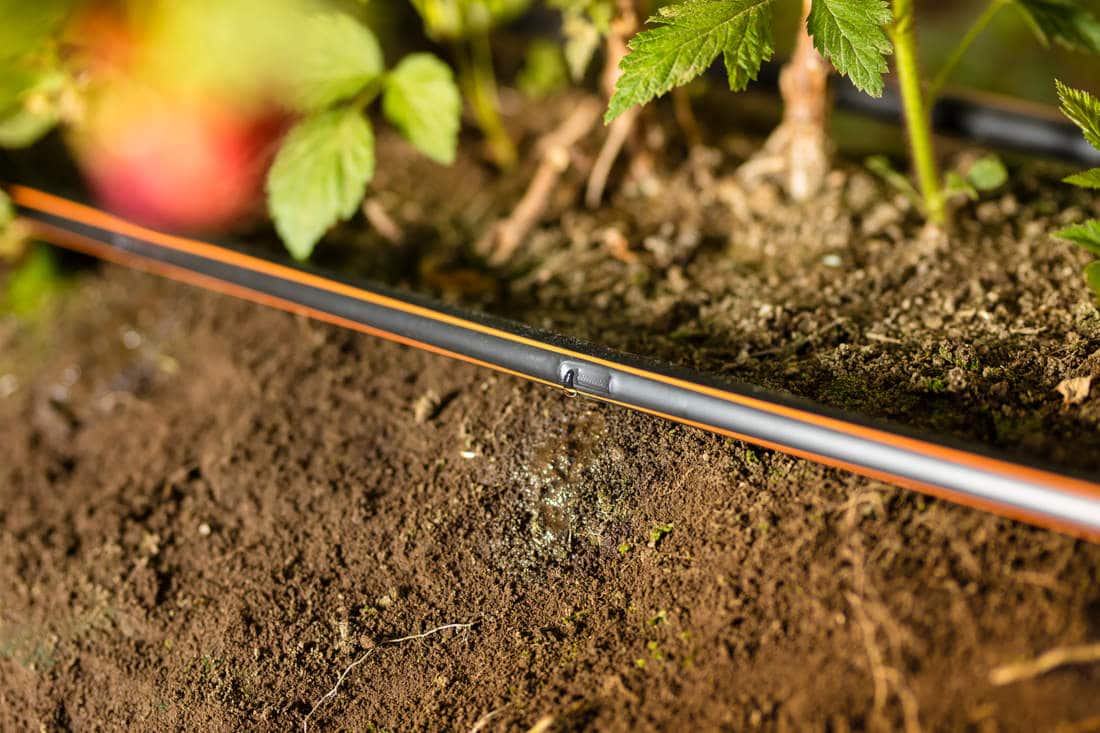
Drippers and Driplines: The Efficient and Cost-Effective Way to Water Plants
It an amazing night when you go to sleep knowing that you’ve deployed the gold standard in your irrigation strategies. Regardless of your growing condition or farm terrain, you need an irrigation system that helps you to have uniformly better crops, higher yields, and reach your targets. This can only be achieved with reliable and robust drippers and driplines. If you are looking for cost-effective systems that works efficiently on both residential and commercial settings, this irrigation solutions are what you should select.
Benefits of using dripper and driplines
Drip irrigation is one of the most efficient and cost-effective ways to water your plants. Whether it’s in the farm, hedge, or landscaping plants, drip irrigation will help you keep the plants healthy and hydrated. Here are several benefits of using drippers and driplines:
-
It’s efficient and cost-effective. Driplines and drippers provide a much more efficient way to deliver water to plants. The steady and slow delivery also helps in reducing water wastage.
-
Water conservation: Drippers and driplines conserve water by delivering a precise amount of water to each plant.
-
Reduced weed growth: By delivering water directly to the root zone, weeds are less likely to grow. This saves time and effort on weeding.
-
More even moisture distribution: The slow delivery of water ensures that each plant receives the same amount of moisture, which helps to promote an even growth.
-
Easier maintenance: Drippers and driplines are relatively easy to install and maintain. They reduce the need for frequent irrigation, which helps to save time and effort.
-
Improved Plant Health: With a dripper and dripline system, each plant gets an exact amount of water. This helps ensure that your plants get the right amount of water and nutrients they need to stay healthy and strong.
-
Flexibility: Drippers and driplines can be used in a variety of different applications, including flowerbeds, vegetable gardens, hedges, and lawns. This means you can customize your irrigation system to fit your specific needs.
How to Install Drippers and Driplines
Installing a dripper and dripline system requires some basic plumbing skills. In order to install a successful system, there are several steps that must be taken:
Selecting the Right System
Before installing a dripper and dripline system, it’s important to select the right components for your specific needs. Consider factors such as pressure regulation, type of plants being watered, size of area being watered, etc.
Pre-Installation Checklist
Before beginning the installation process, it’s important to make sure you have all the necessary components for a successful installation. This includes things like tubing, connectors, filter, pressure regulator, etc.
You should have the following:
- Water source – such as a faucet, hose, or pond
- Fittings – to connect the drippers and/or driplines to the water source
- Irrigation lines – to run the drippers and/or driplines to the plants
- Pressure regulator – to reduce the pressure in the water source
- Filter – to remove impurities from the water
- Drippers and/or driplines – to deliver the water to the plants
Once you have all the necessary components, you can begin the installation process.
Installing the System
Once you have all the necessary components, you can begin to install your drippers and driplines. First, you need to connect the fittings to the water source and then run the irrigation lines to the plants. Once the lines are connected, you need to adjust the water flow to ensure that each plant is receiving the correct amount of water. Finally, you should install a pressure regulator and filter to ensure that the water is of the highest quality.
Installing a dripper and dripline system requires some basic plumbing skills. The steps involved include connecting the main line to a filter, installing pressure regulators, connecting tubing to the pressure regulator, attaching drippers or driplines to the tubing, and connecting it all to a timer or controller.
Troubleshooting Common Issues
After installation, it’s important to check for any leaks or blockages in the system. If any are found, they should be addressed as soon as possible to avoid additional damage.
Why does the drip line wall thickness matter?
The thickness of the drip line wall plays a crucial role in determining its durability from system pressure and external damage. Thicker drip lines offer more resistance to physical damages and operates efficiently under a wider range of pressures. Thinner lines are more flexible and easy to remove but less durable. Medium-walled drip lines provides a balance between durability and cost.
Welcome to Mazero for High-quality irrigation systems
Discover the best setup for your drip irrigation system in simple steps. Tell us about your system characteristics and we will calculate and tailor the best configuration for you.
Mazero is reliable supplier of irrigation systems, providing cutting edge solutions and installation services to clients. Come experience how accurate we are and the quality of our products. Contact us today!

